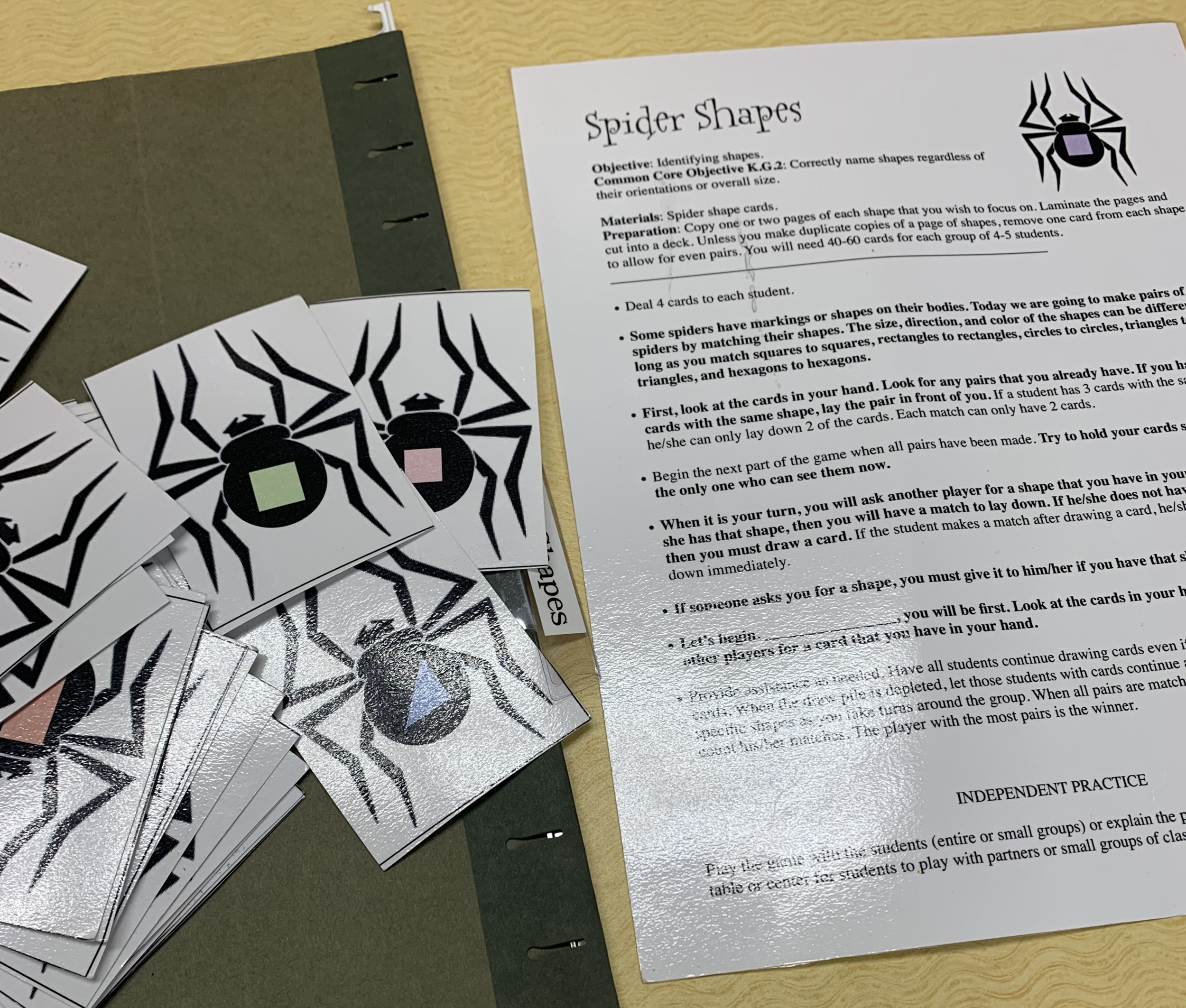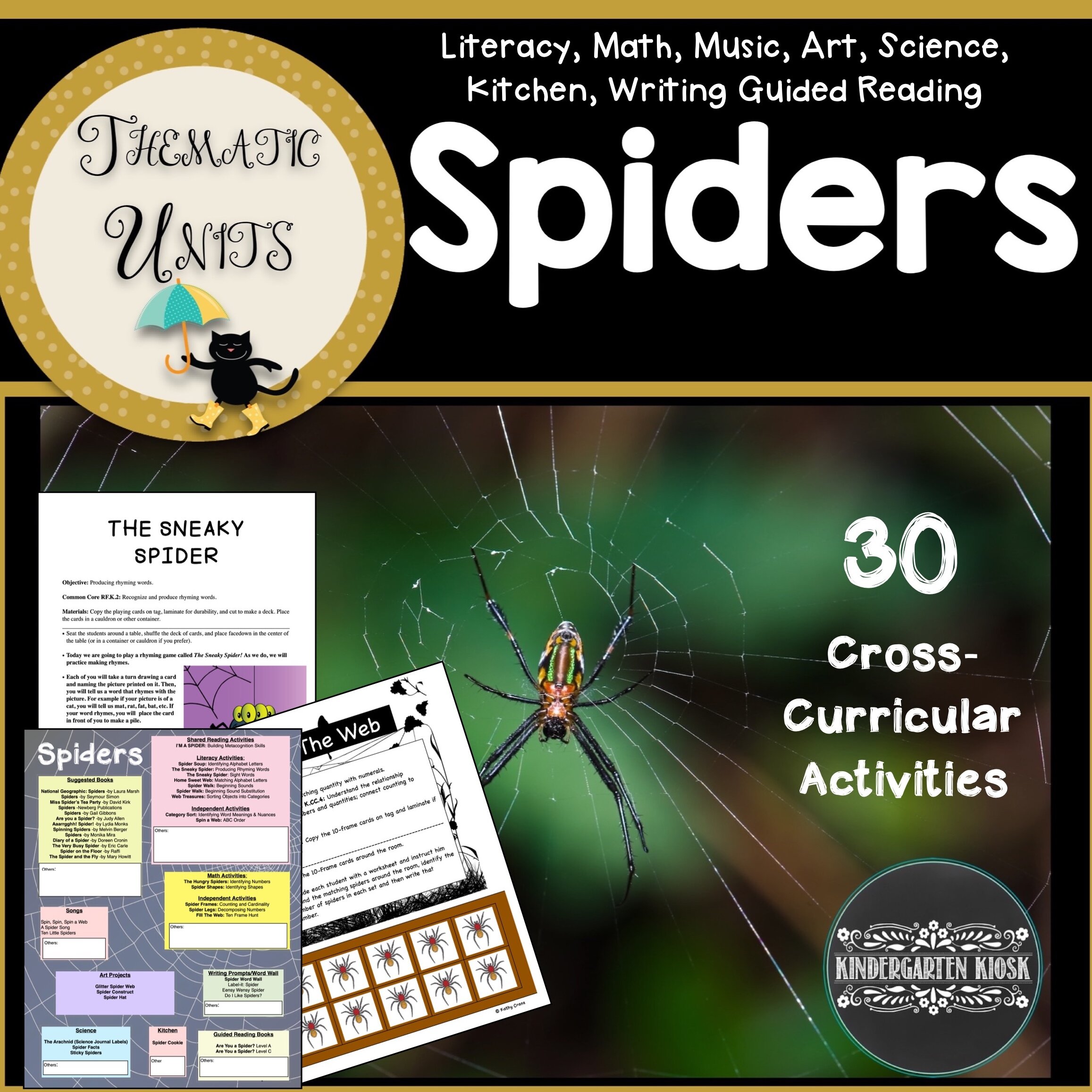Spider Activities Literacy and STEAM
My favorite season is here! It’s Fall again! Time for pumpkin spice, sweaters, hot apple cider, scarecrows, and spooky spiders! My students always love learning about fascinating creepy crawlies, and learning about academic skills through fun spider themed games.
Did you know that according to the CORE Teaching Reading Sourcebook, the important skill of phonological awareness is best taught in small group games (Honig, Bill, et al. Arena Press, 2018). That’s why during my Spider Unit, I play a game called “The Sneaky Spider”, where students practice rhyming words, and a game called “Spider Walk”, where they produce beginning sounds. We also play other games in order to develop important math and literacy skills:
Spider Soup: Identifying Alphabet Letters
Home Sweet Web: Matching Alphabet Letters
Web Treasures: Sorting Objects into Categories
Category Sort: Identifying Word Meanings & Nuances
Spin a Web: ABC Order
The Hungry Spiders: Identifying Numbers
Spider Shapes: Identifying Shapes
Spider Frames: Counting and Cardinality
Spider Legs: Decomposing Numbers
Fill The Web: Ten Frame Hunt
In my reading groups, in the fall of the year, most of the children are working on tracking print with their eyes and “pointing to the word my mouth is saying” so I use easy spider themed readers with predictable text, plus a fun Halloween pointer finger, to help them learn this important skill.
At the art center, students learn to construct and deconstruct shapes by making spiders out of shapes. You can listen to my latest podcast to learn more about how I do construct art projects in my classroom.
My students are also engaged during this time writing about spiders at the writing center and investigating spiders at the science center.
I have been asked before how long I usually stick with one theme in my classroom. Usually, it’s about one to two weeks, and the nice thing about teaching thematically is that the set up is usually all at the beginning of the theme and then you are “ready to go” (as I like to say) for the next few weeks of school. It’s also easy to run a thematic unit for a week or a whole month (and I definitely have at least a months worth of activities included below). Usually, you’ll know when your students are ready for a new theme — when they start engaging with the materials you’ve provided less productively, and then it’s time to move on to something else they are interested in. Hmm… skeletons perhaps?














